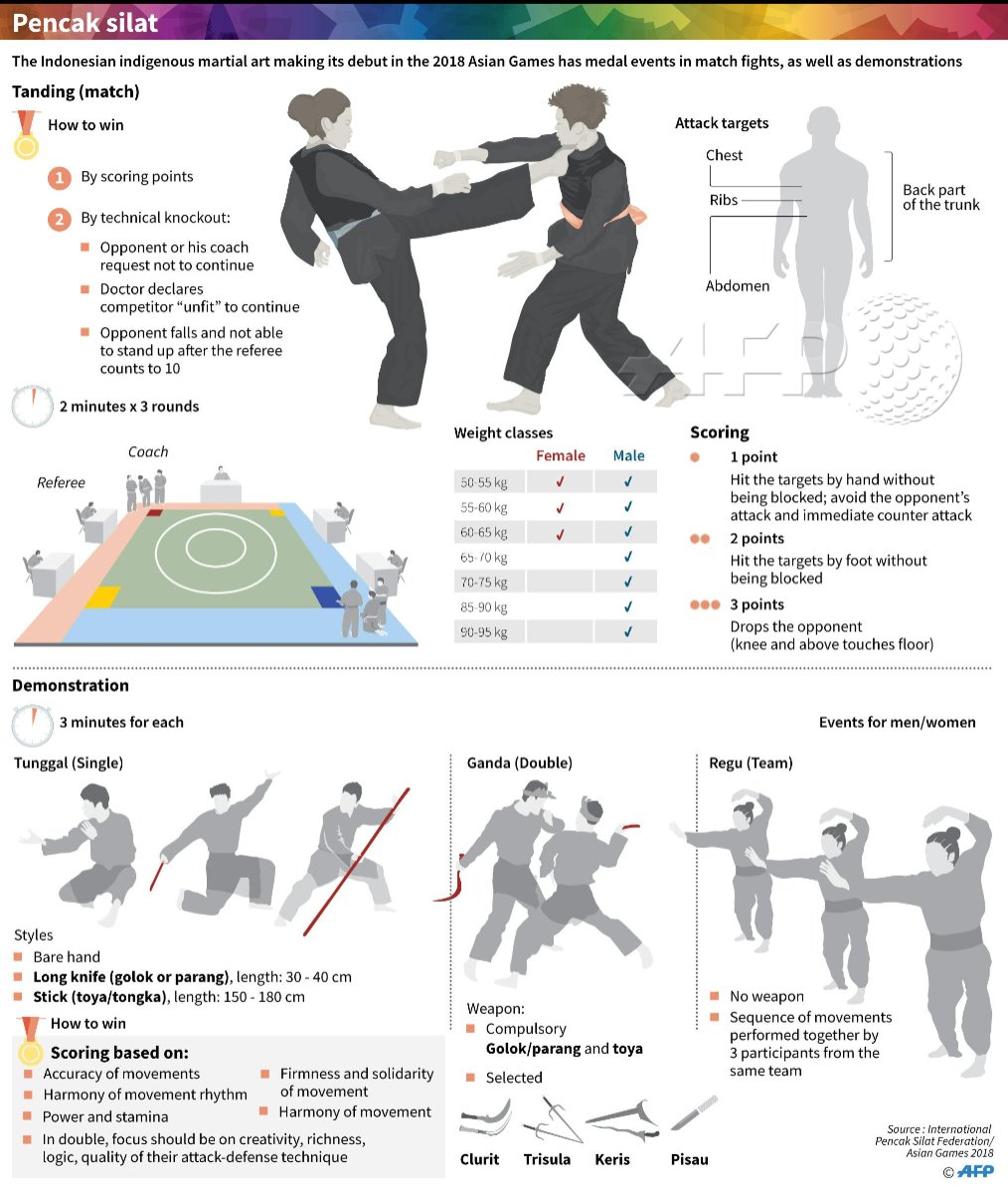The Development And Historical Context Of Martial Arts Worldwide
The Development And Historical Context Of Martial Arts Worldwide
Blog Article
Authored By-Egeberg TRUE
Martial arts have a remarkable history that spans centuries and continents. You may find it appealing how ancient methods like Shuai Jiao and Kalaripayattu prepared for contemporary fight methods. These disciplines not only stress physical skills however also mirror the societies that birthed them. As you explore their development, think about exactly how globalization has transformed these conventional kinds right into hybrid styles. What influences do you think have formed today's martial arts landscape?
Ancient Martial arts: The Foundations of Battle
As you explore the globe of old martial arts, you'll discover the rich structures that shaped fight techniques throughout societies. Very early practices concentrated on Self-Defense and survival, frequently including strikes, grappling, and weaponry.
In old China, for instance, techniques like Shuai Jiao stressed tosses and joint locks, while India's Kalaripayattu showcased agility and liquid movement. Japanese samurai established Kenjutsu, a polished swordsmanship that highlighted self-control and method.
These martial arts offered not just for fight but also as a means of personal advancement, instilling worths like regard and willpower. The blending of these techniques in time laid the groundwork for the diverse martial arts you see today, each mirroring the one-of-a-kind ideologies and requirements of its culture.
The Social Impact on Martial Arts Advancement
While martial arts usually reflect the useful requirements of a culture, they likewise embody the cultural values and beliefs of their beginnings. When you check out various martial arts, you'll discover exactly how they're affected by religious beliefs, ideology, and social norms.
For example, the emphasis on respect and self-control in Japanese martial arts originates from Zen Buddhism and samurai culture. In contrast, Brazilian Jiu-Jitsu advertises flexibility and strategy, formed by the requirement for effectiveness in a varied, multicultural atmosphere.
You could find that the routines, attires, and training methods show a community's background and identity. By comprehending these cultural impacts, you grow your appreciation of martial arts and their function fit human experiences around the world.
Modern Adaptations and the Globalization of Martial arts
Martial arts have actually transformed considerably in recent decades, adjusting to contemporary culture and worldwide impacts. Learn Even more Here 'll discover that standard types have blended with contemporary methods, producing hybrid styles like mixed martial arts. These adaptations accommodate diverse target markets, making martial arts easily accessible and appealing worldwide.
With the rise of social media and digital platforms, you can find tutorials and competitions from all edges of the world, damaging geographical barriers. This globalization has actually resulted in a common admiration for various disciplines, from Brazilian Jiu-Jitsu to Taekwondo.
As you engage with these arts, you'll understand they're not practically fight; they promote physical fitness, discipline, and psychological wellness.
Eventually, contemporary adaptations have improved the martial arts landscape, making it a vibrant and developing practice.
Conclusion
In exploring the background and evolution of martial arts, you uncover an interesting mix of methods, societies, and approaches. From old self-controls like Shuai Jiao and Kalaripayattu to the modern-day flexibility seen in MMA, martial arts reflect humankind's quest for Self-Defense and personal development. As you engage with these methods, you not just acquire skills however likewise a deeper appreciation for the diverse customs that form our world today. So, continue adult beginner martial arts classes and embrace the art of battle!
